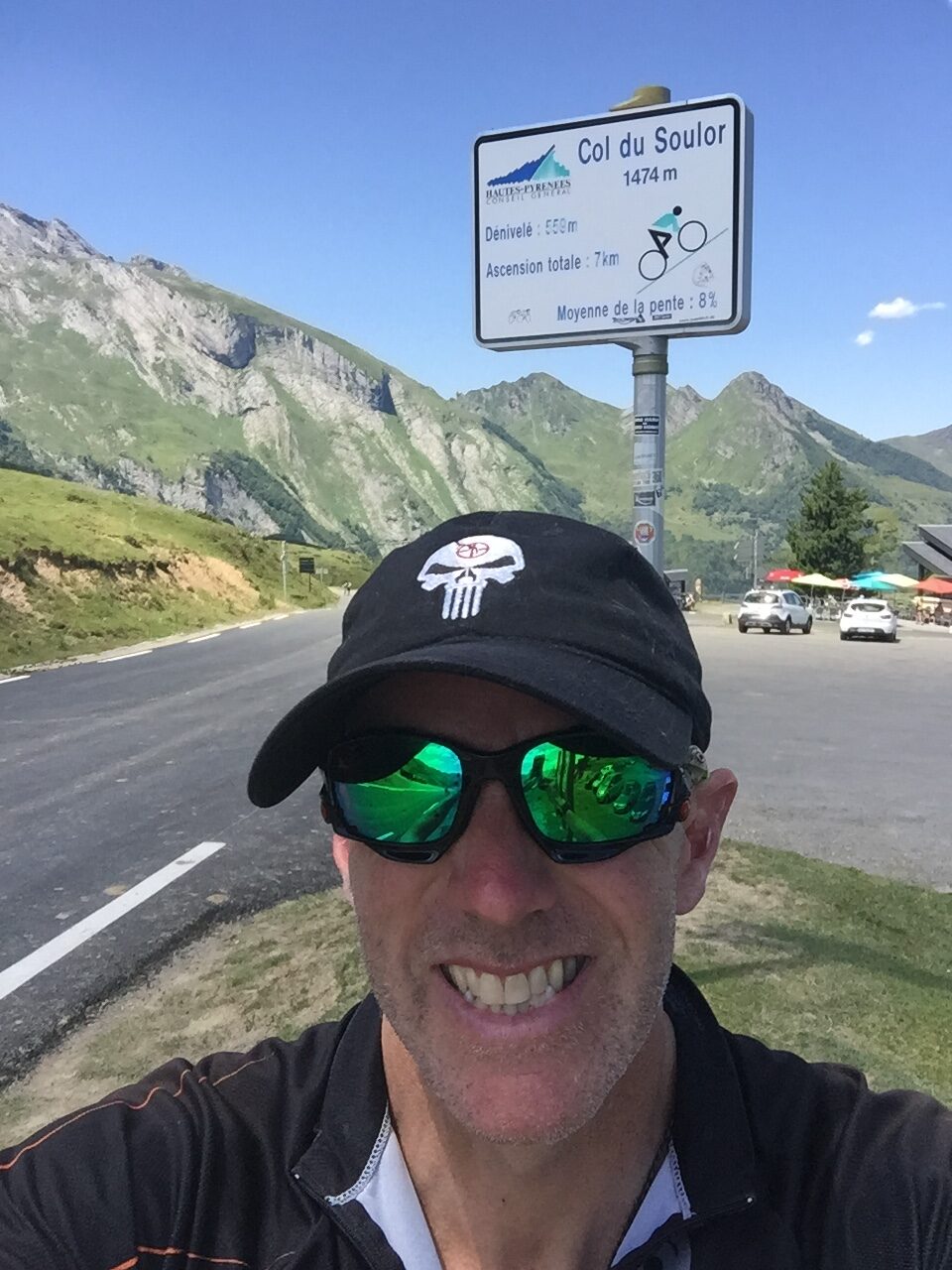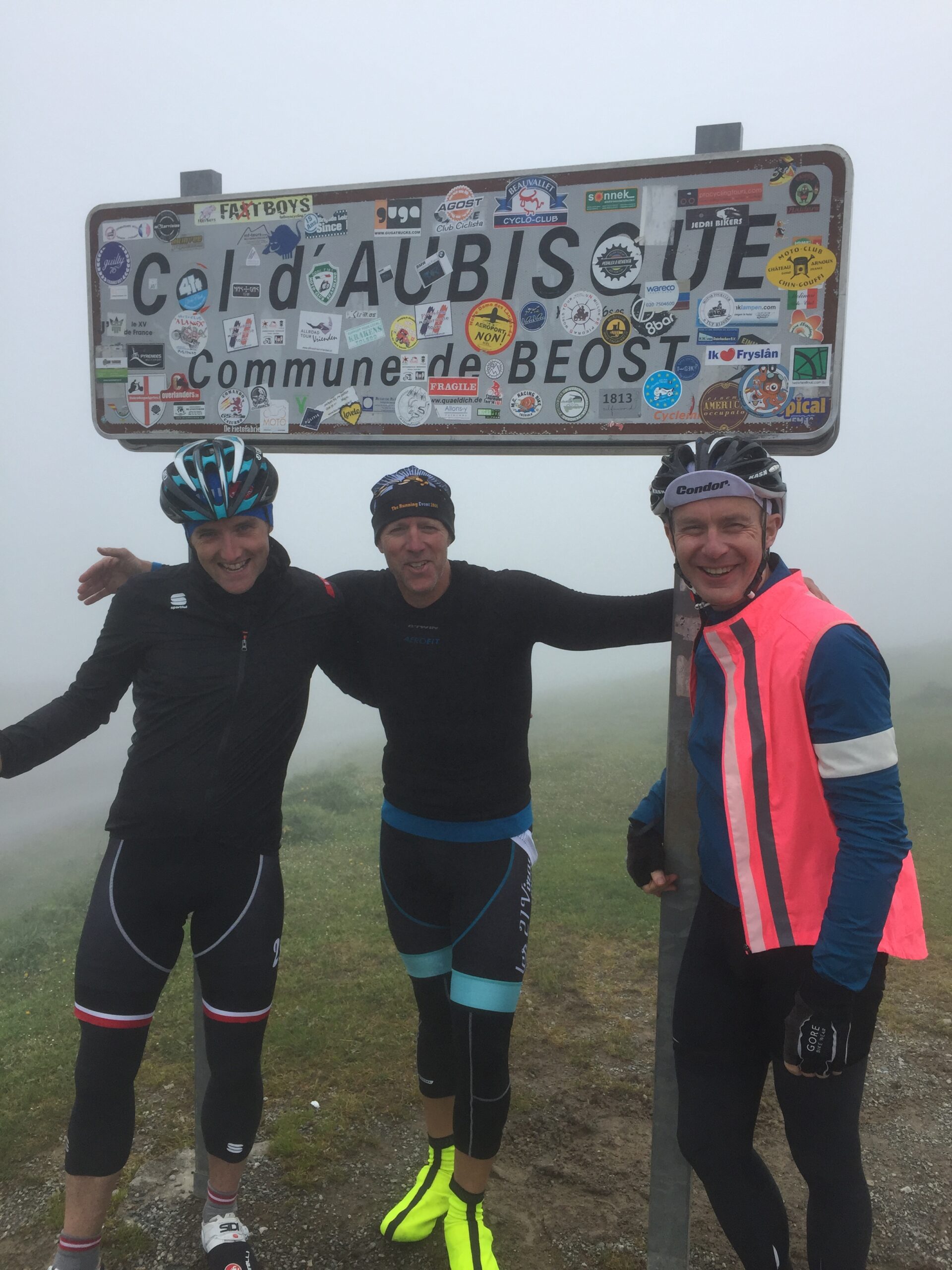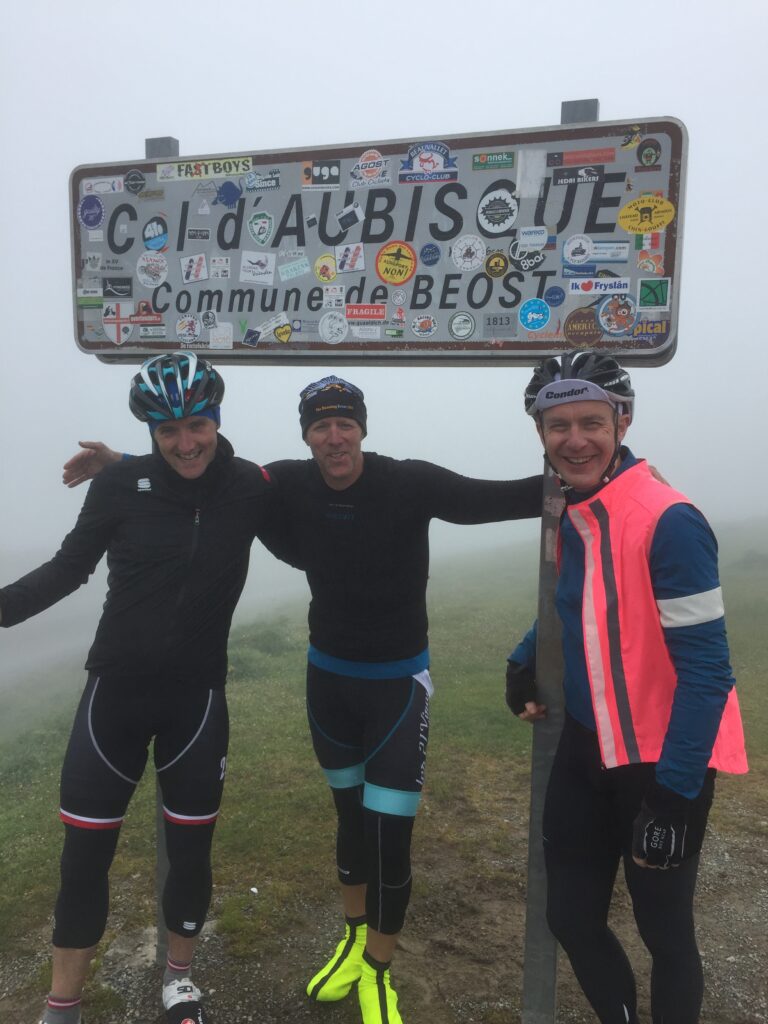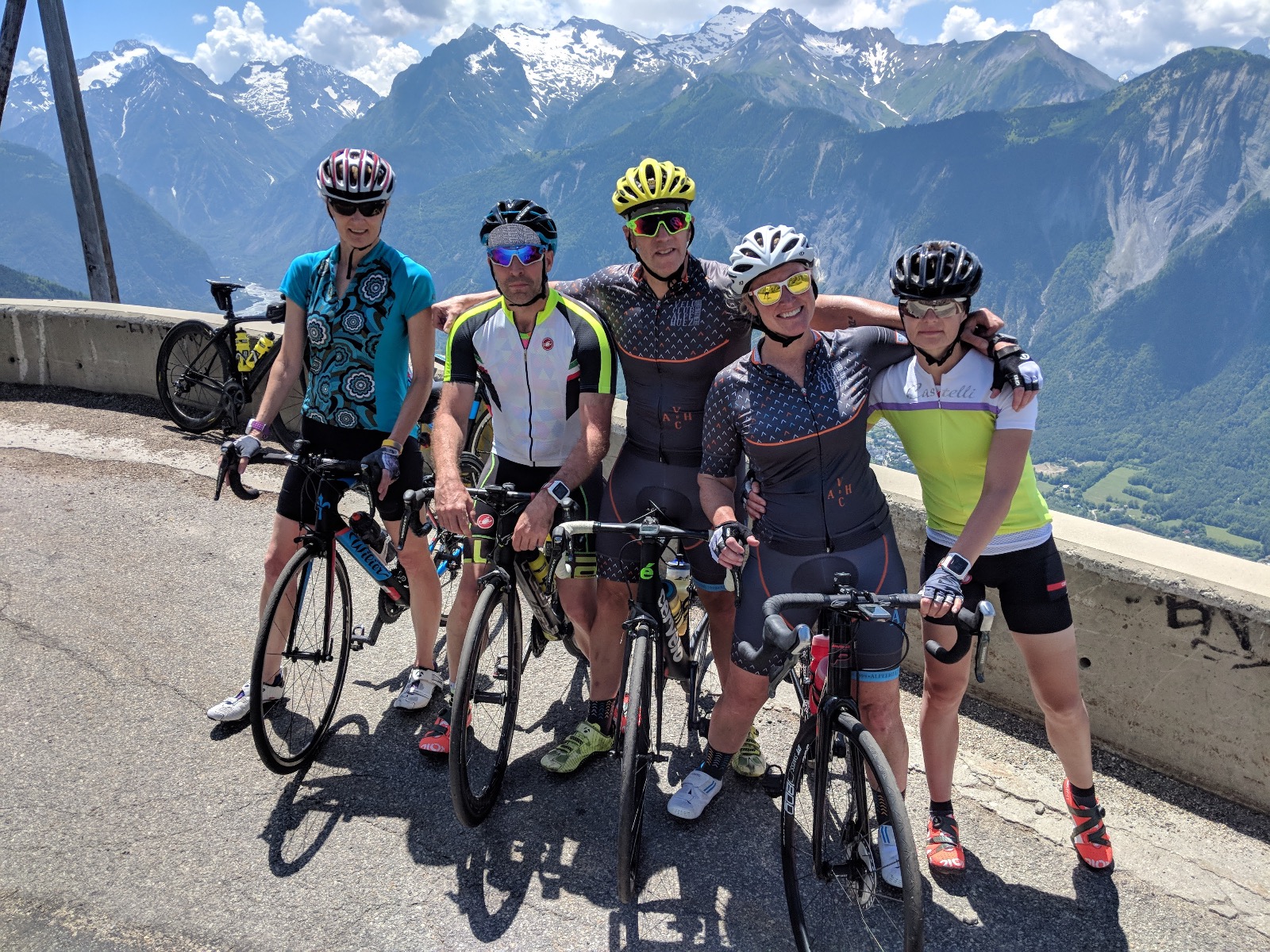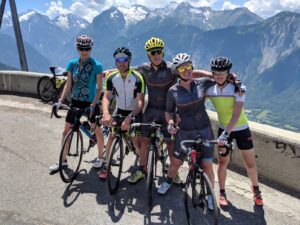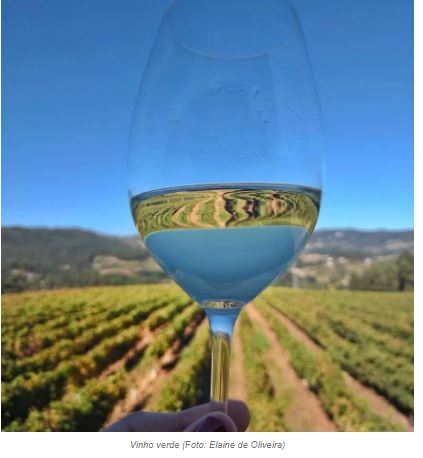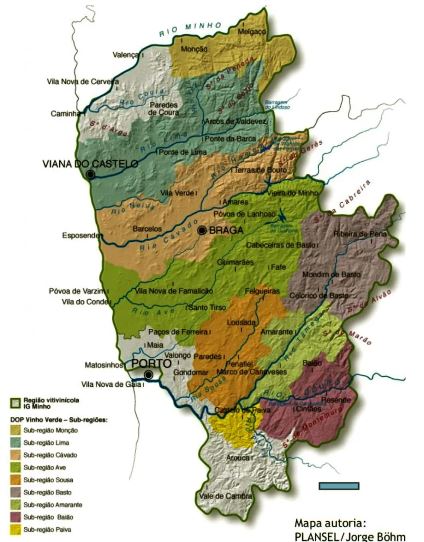I wrote about the Pain Cave previously and gave you some tips for making the most of that little black place that emerges in your psyche when the going gets tough.
Let’s now turn our attention to the first thing that we encounter when taking the trip to the infamous Pain Cave, the conditions that we train or race in.
Many athletes go to extreme lengths to ensure that they are VERY comfortable when training. They don’t like to train in water that is above 80 F (or 27 C). They ride in the early morning hours of the summer. Run on the treadmill when it is too hot outside and so on and so forth.
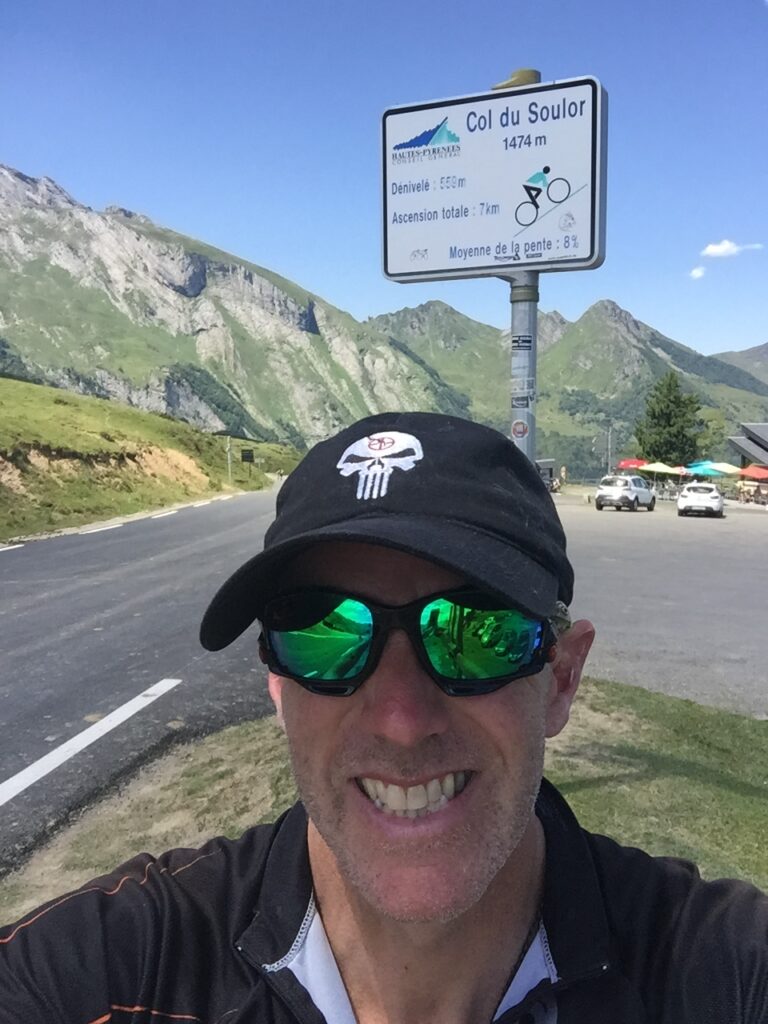
STOP THE MADNESS NOW!
It is time to face facts about triathlon and race-day conditions. You are very likely to have to race on a hot day, in water that isn’t wetsuit legal and without air conditioning on the run.
Unpleasant conditions are part of the triathlon game. We roll the dice and sometimes we crap out.
Sure, you may get a wetsuit-legal swim, a cool day on the bike and have it carry on for the run – but do you want to bet on it?
Training in conditions that you choose and like does not prepare you for the truth of race day. Conditions can be brutally unpleasant.
If you choose not to train in warmer water and hotter weather, how can you possibly expect to be able to handle such conditions on race day?
You won’t be prepared physically or mentally for what lies ahead.
Training in less than perfect environments teaches you how to adapt and overcome. You need to learn how much fluid you need on the hottest days, what it feels like to run with the sun beating down on you and how dehydrated you can become during a swim when the water is bath temperature.
This knowledge will empower you on race day. You already know what needs to be done and how to do it. You have already taken the first step towards making the Pain Cave yours.

